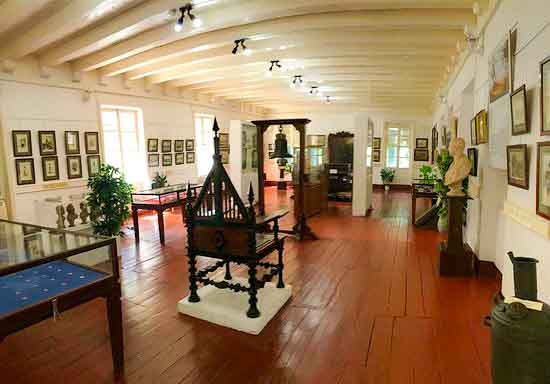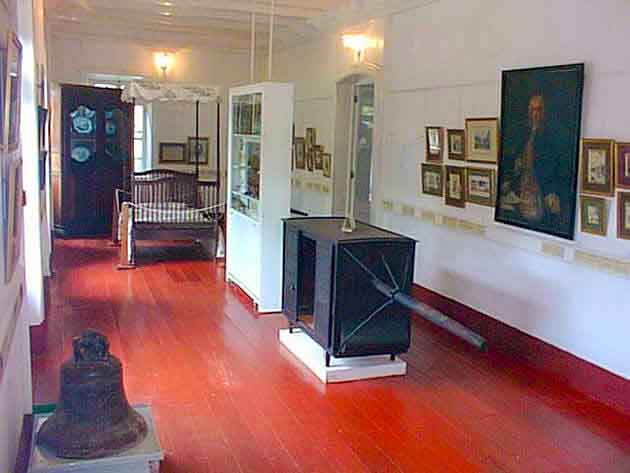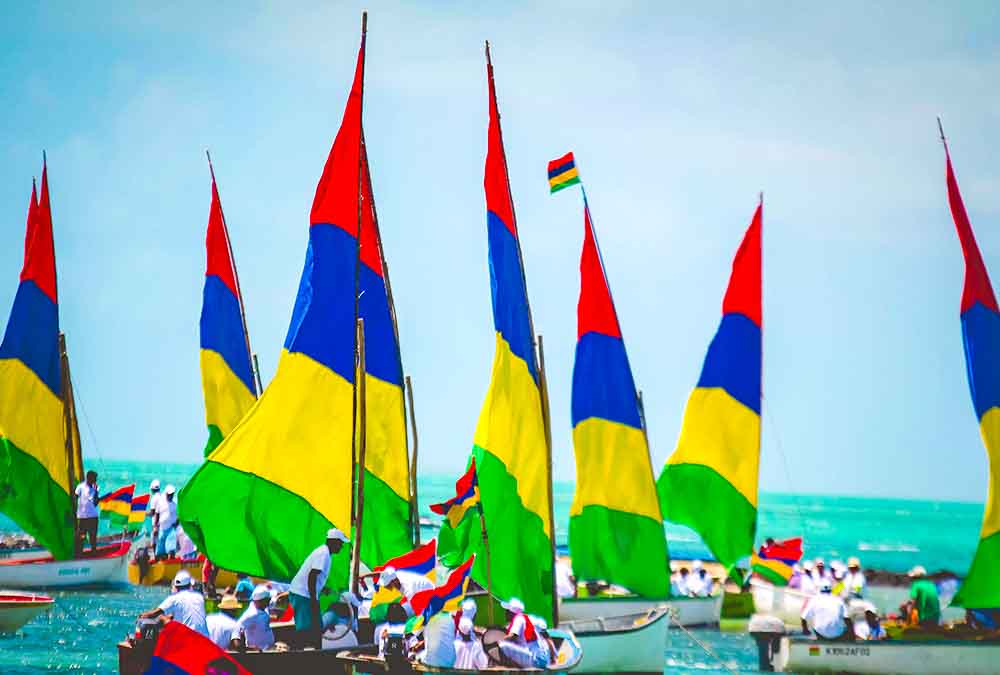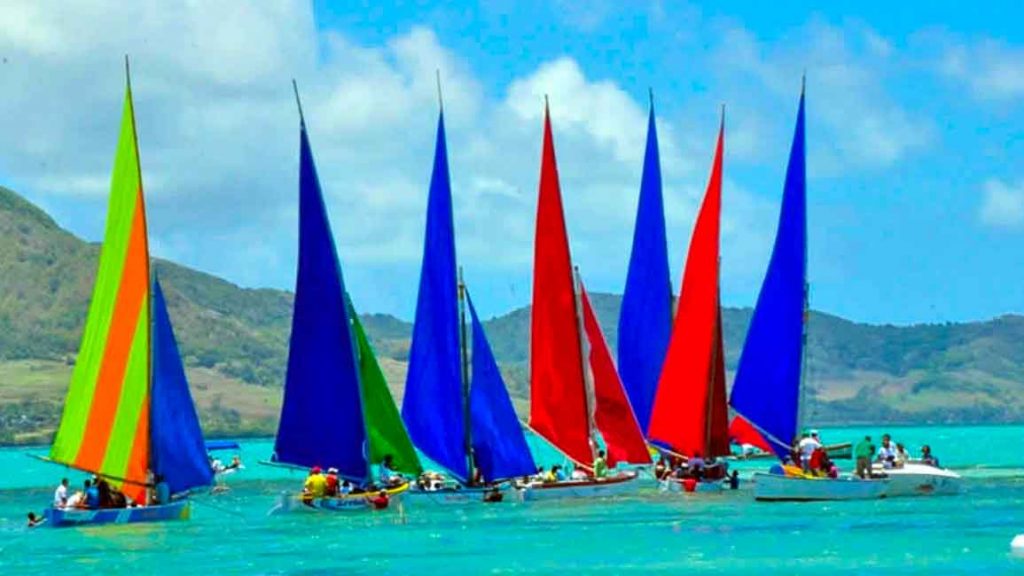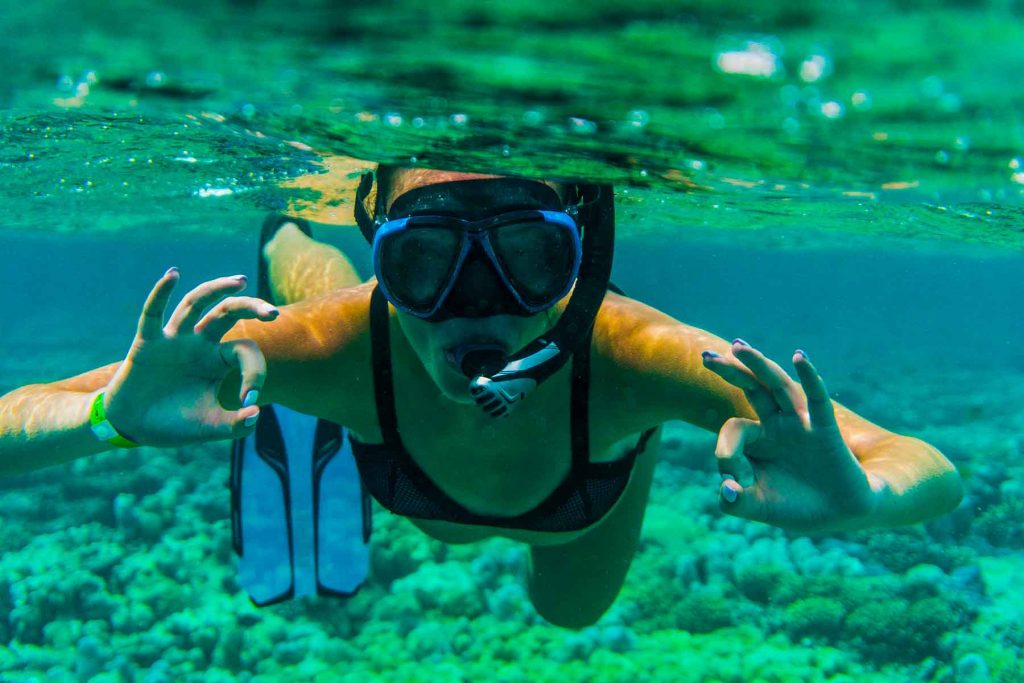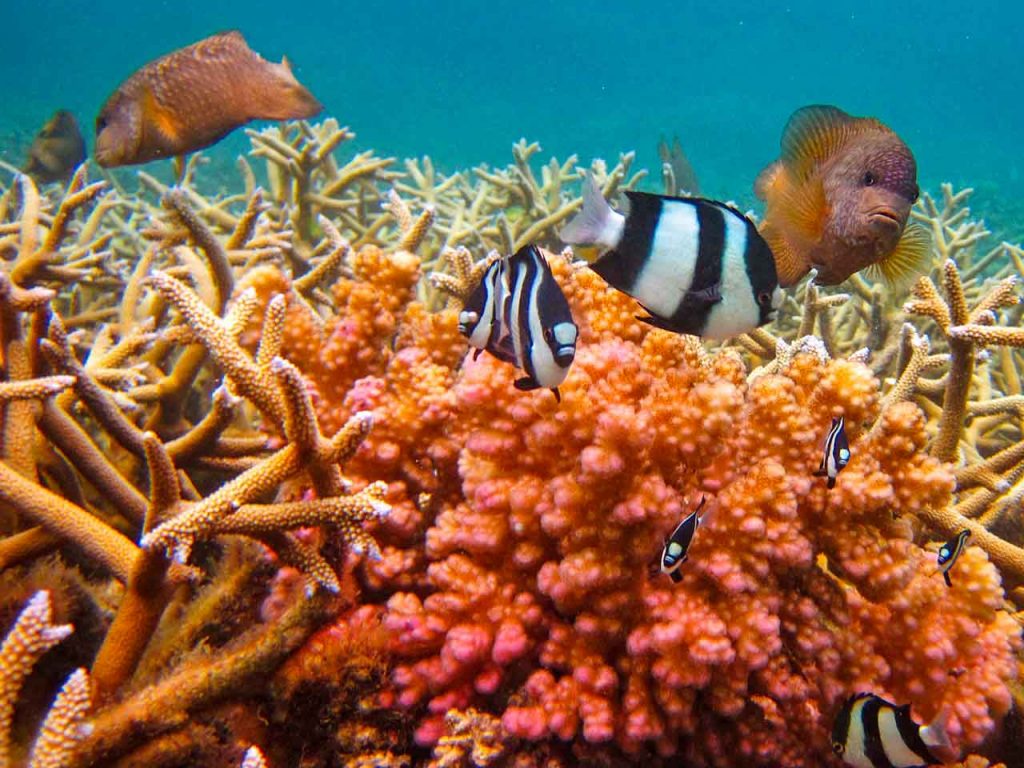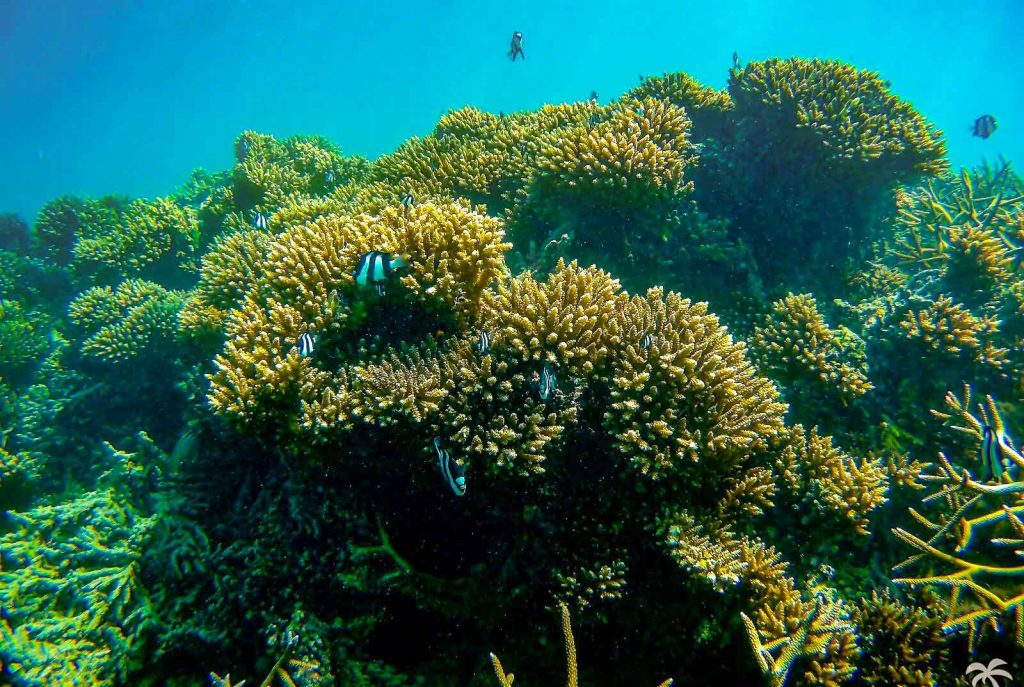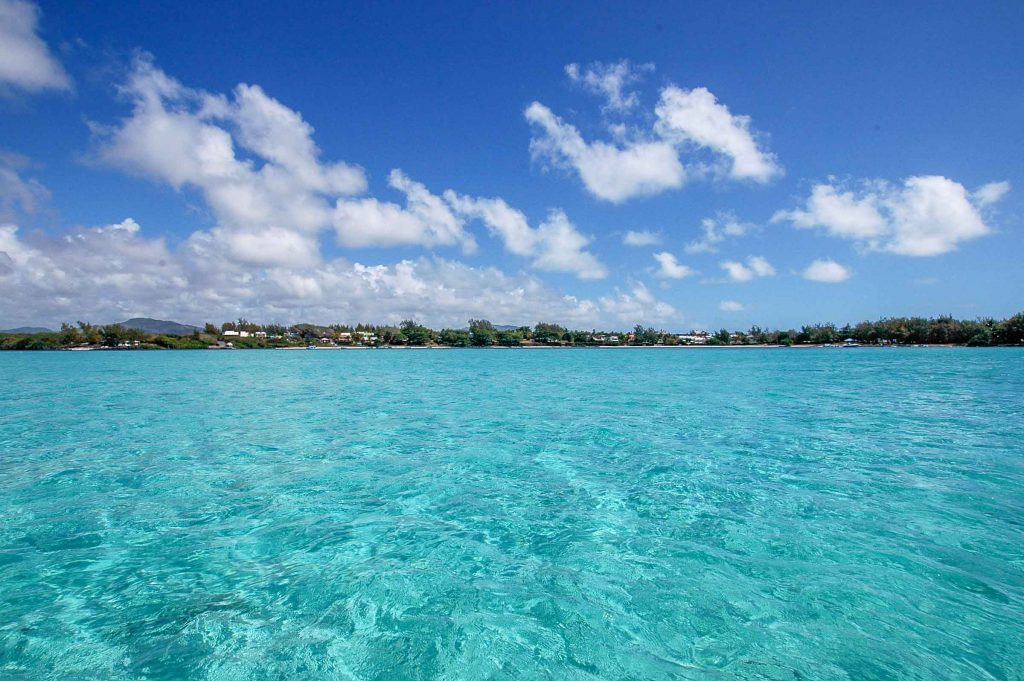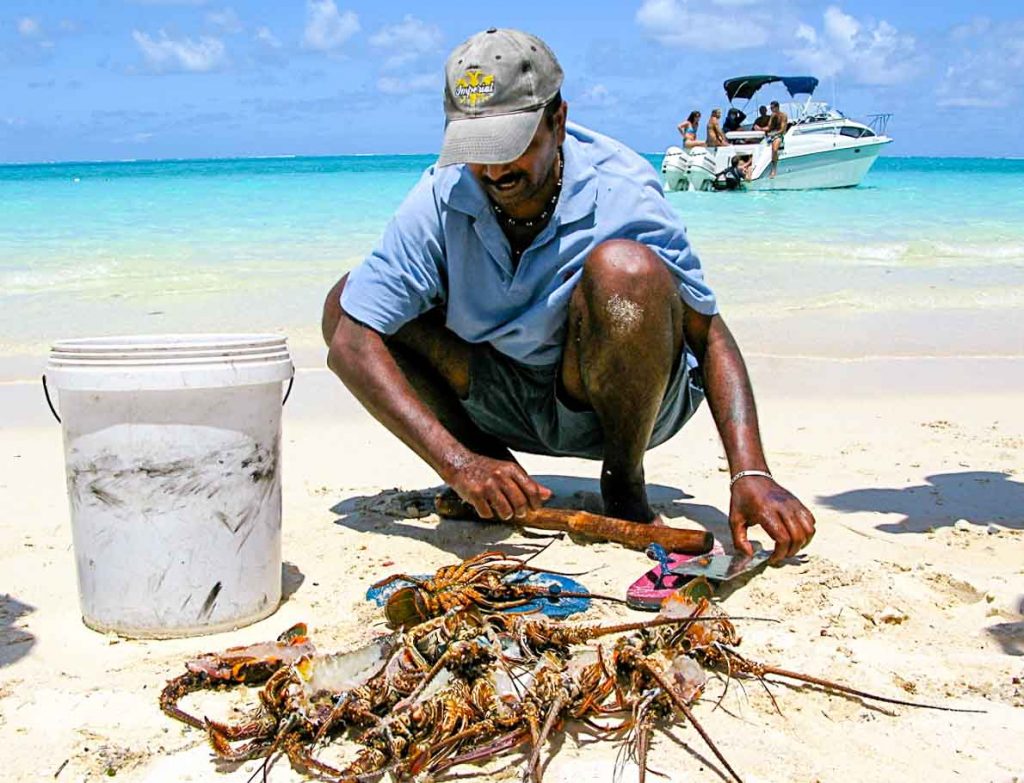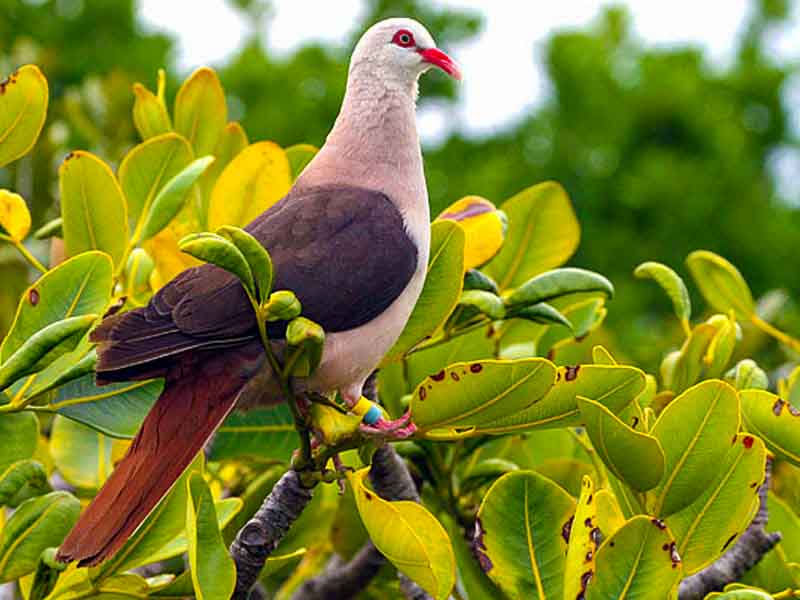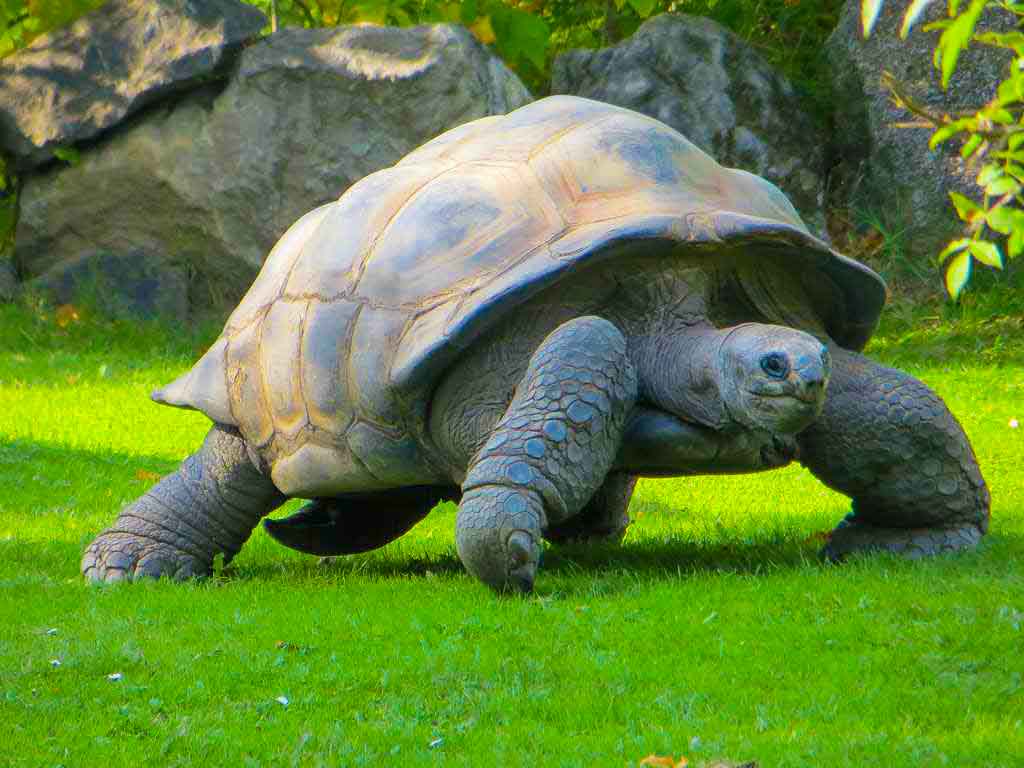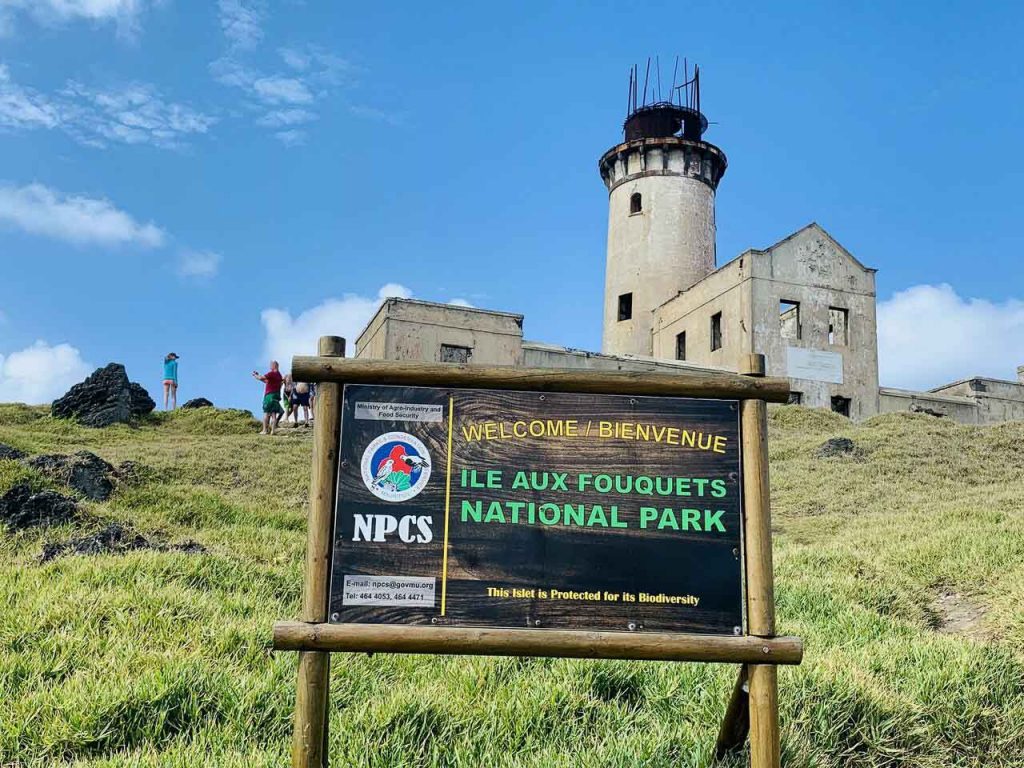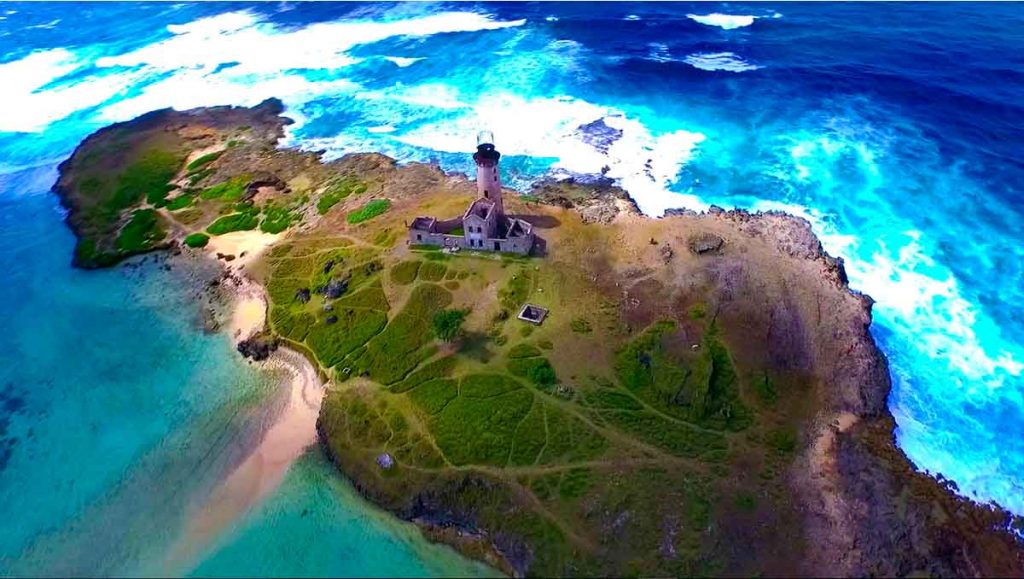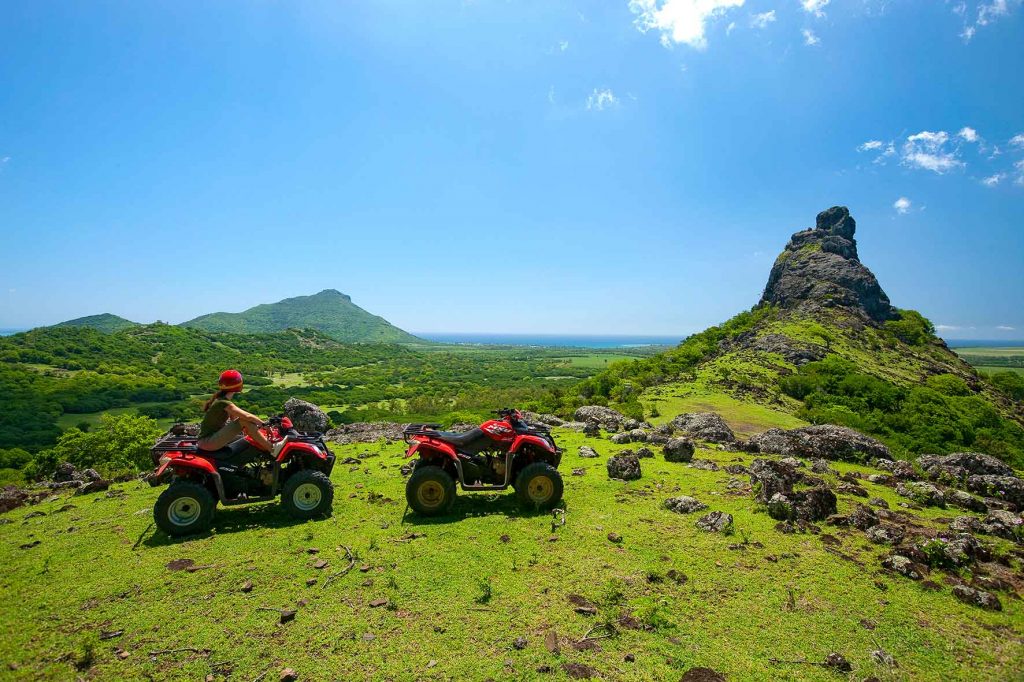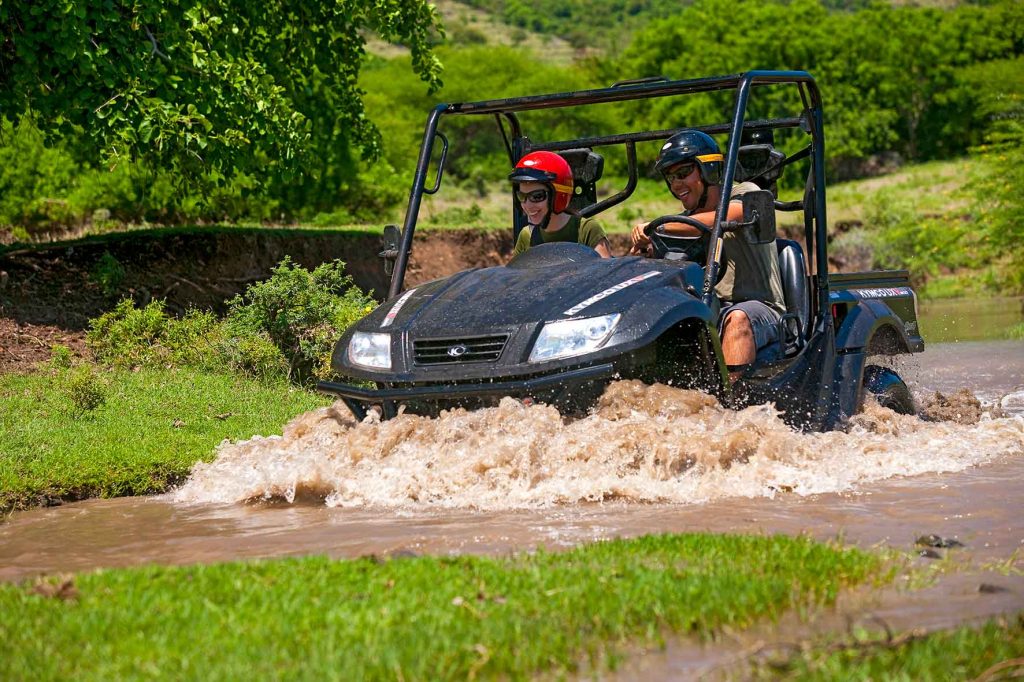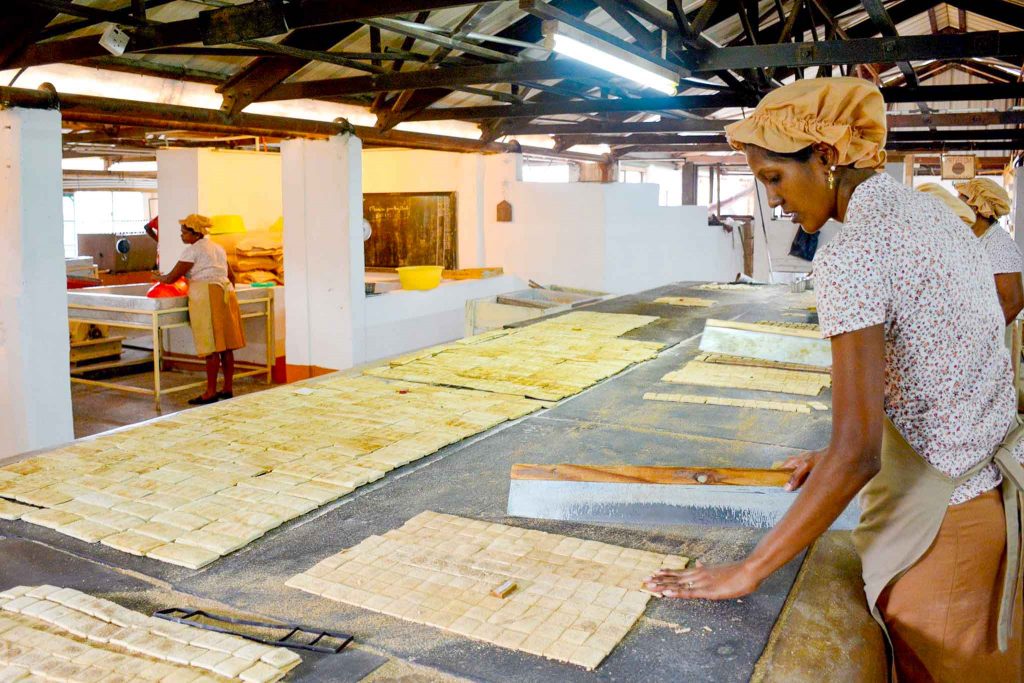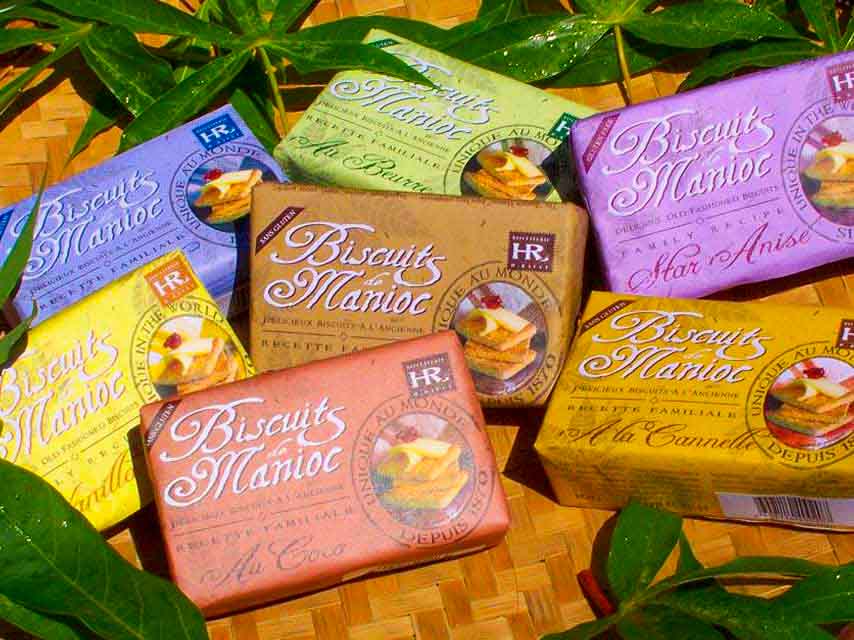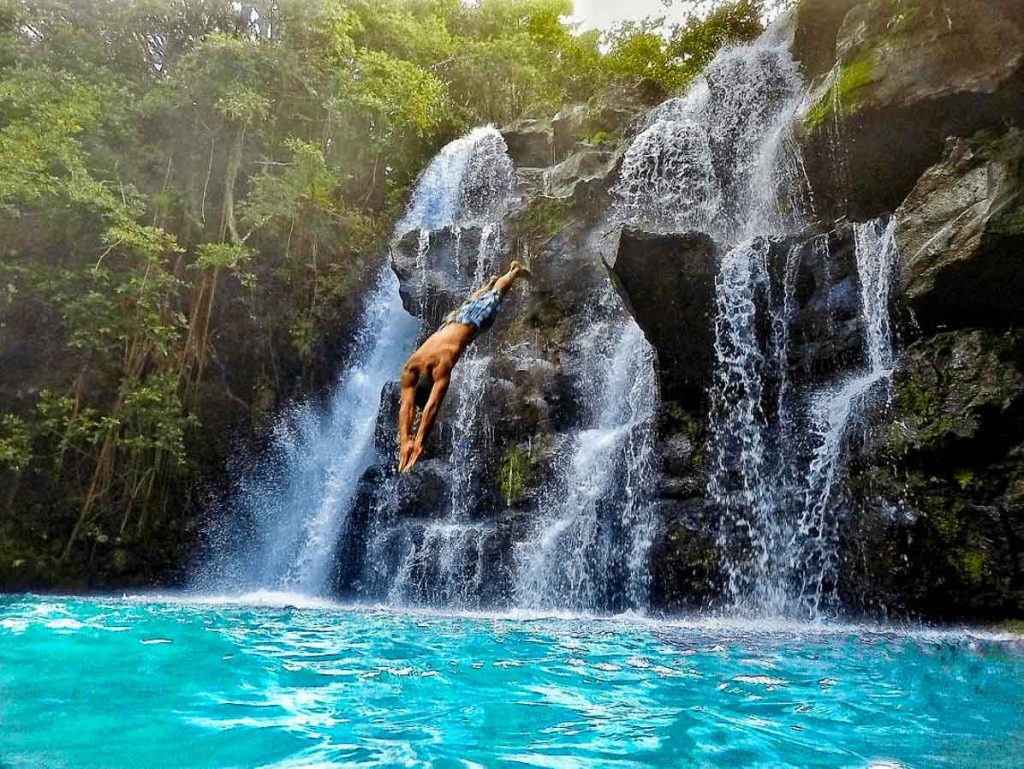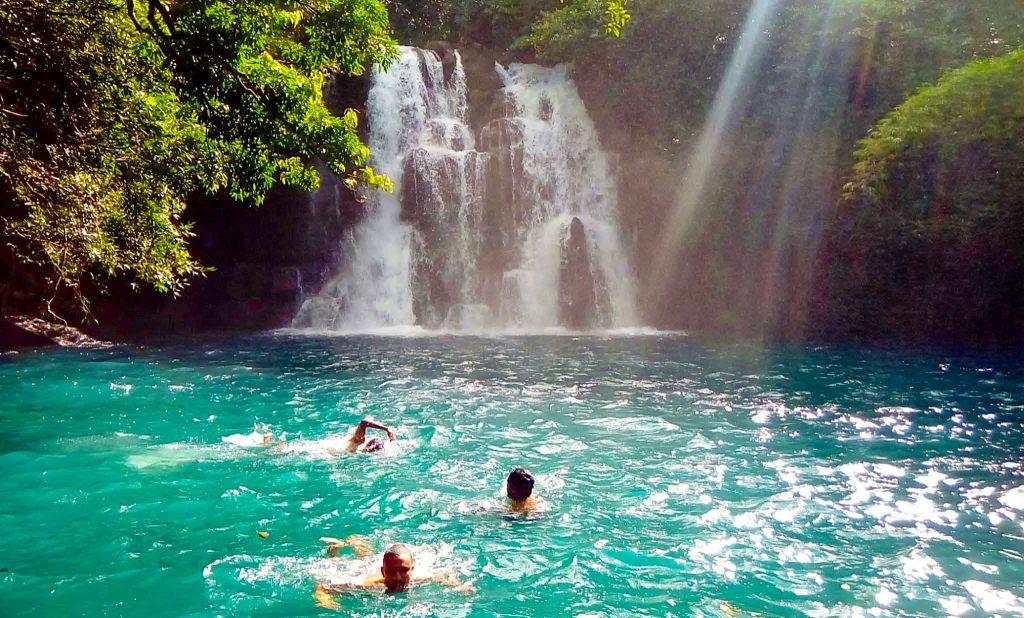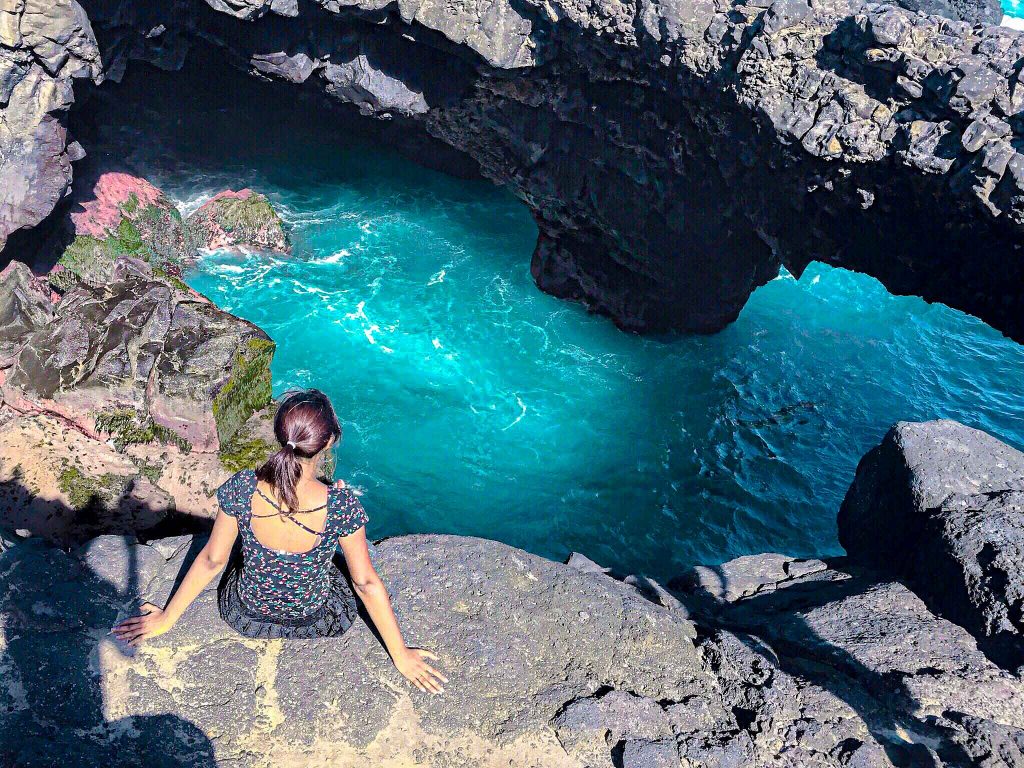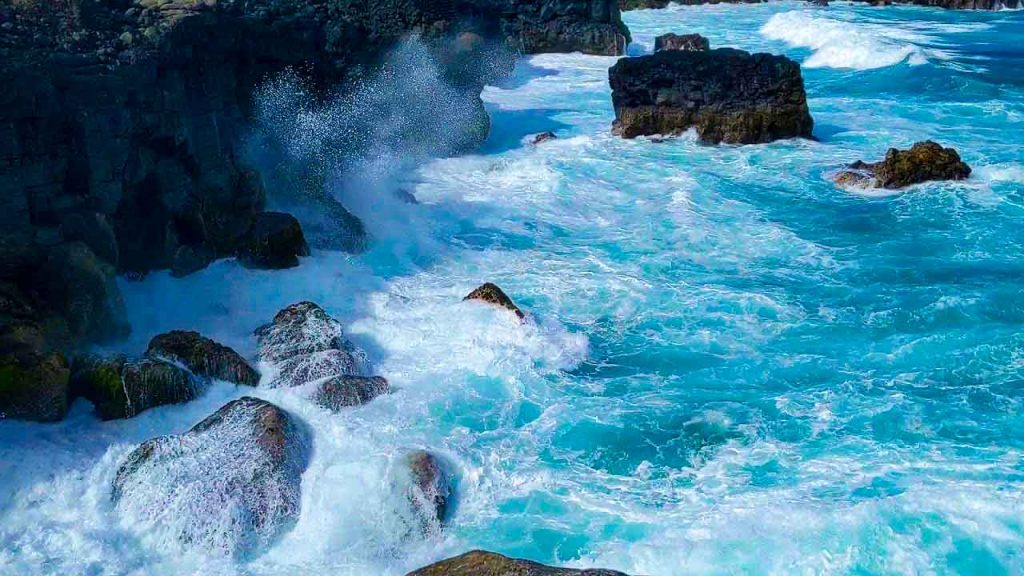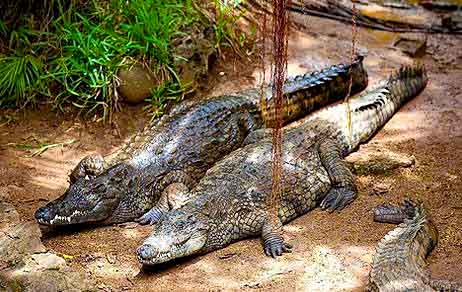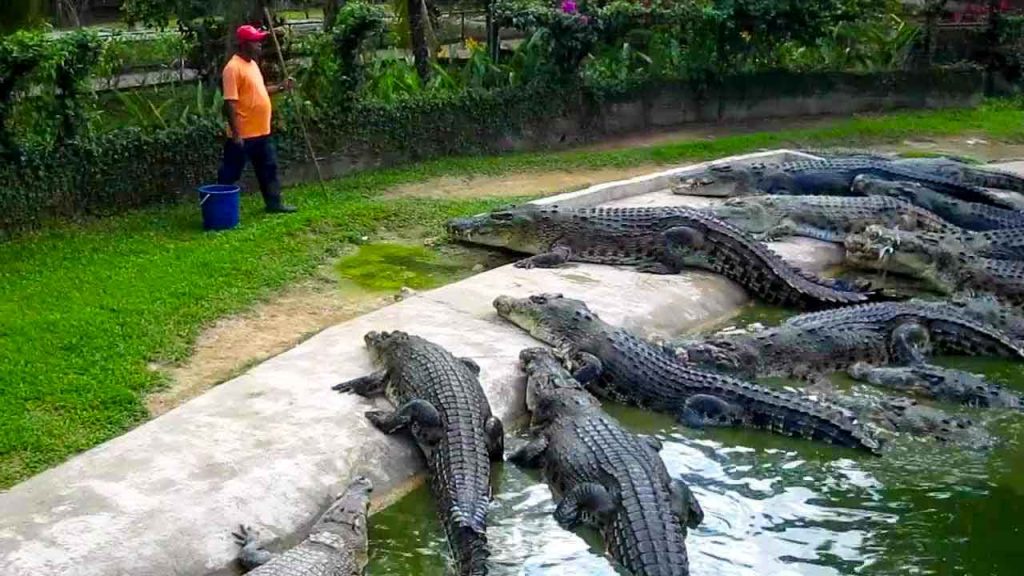The South Coast of Mauritius
The South of Mauritius, is where it all began. The island’s history emanate from this peaceful village, “Vieux Grand Port” which has been the first port of Mauritius.
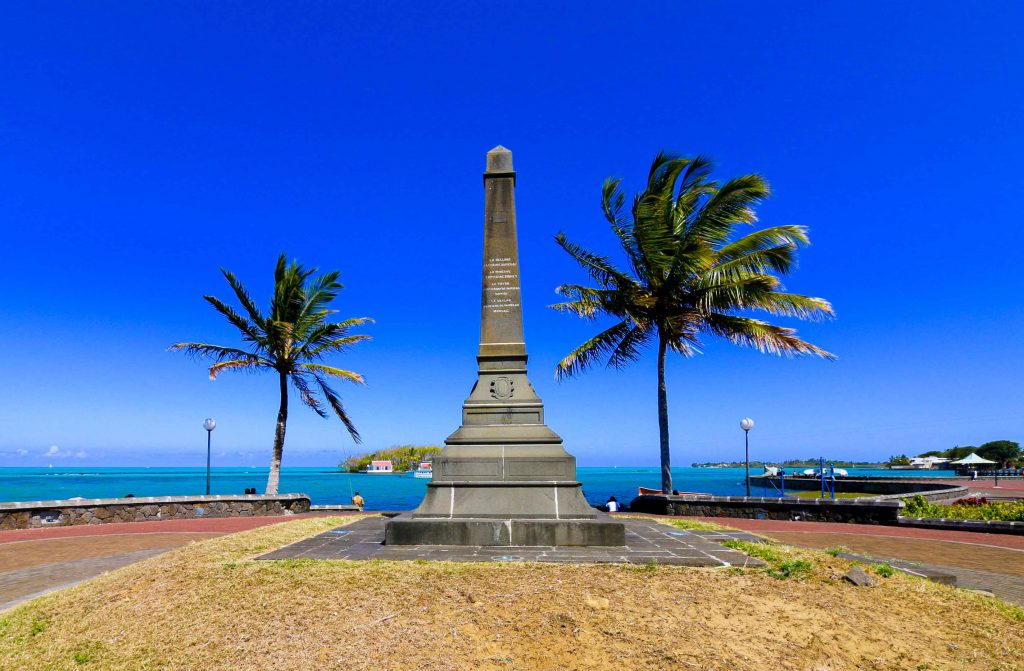
The region received the first Dutch explorers’ camps in 1638. When in 1735, the well-known French Governor Francois Mahé de Labourdonnais
The southern part of the island remains the wildest and less developed region of Mauritius. Apart from Mahébourg and its surroundings, this region has remained untouched because of the absence of calm lagoons. The ‘deep south’ as it is sometimes called, is probably the unknown and forgotten side of coastal region of Mauritius with its high cliffs and raging seas.
Mahebourg Historical Naval Museum
Located at the entrance of Mahébourg village, the Naval Museum was inaugurated sometime around 1950 and specialises in the history of Mauritius relating to the sea; sea battles, shipwrecks, naval war items.
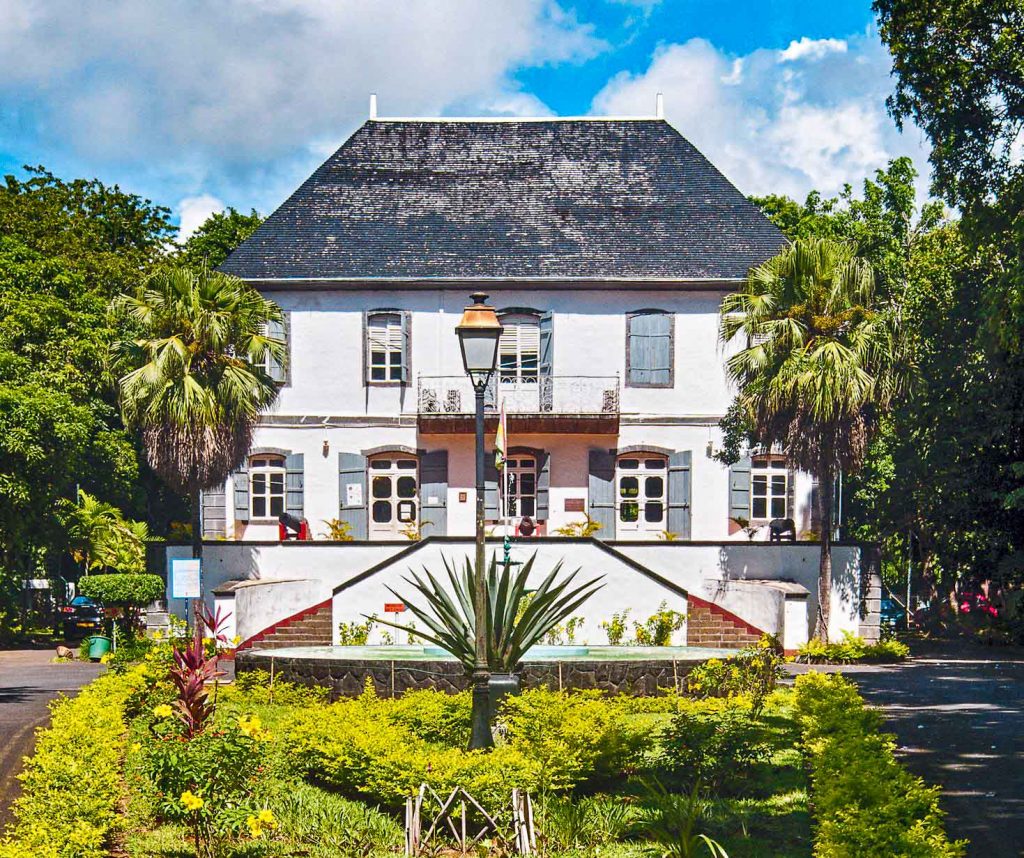
The museum occupies three floors, tow of which are accessible to the public. On the ground floor wreckage of sailing ships that took part in the Grand Port battle, original cannon, cannonball, paintings and swords and weaponry of Robert Surcouf, the eighteenth-century corsair, popularly known as the king of the Corsairs.
Objects from shipwrecks along the Mauritian coast are also exhibited, and the museum also displays a preserved Mauritian village settlement, where visitors can gain a glimpse of the typical lifestyle of the rural island inhabitants.
Mahébourg Regatta
The Mahébourg regatta started in the south of the island, thanks to the initiative of some sailing enthusiasts. At that time the races were so popular that special trains were organised to allow the public to attend the event. Unfortunately lately they had been abandoned for some years, but thanks to some associations they are now being organized again almost every year.
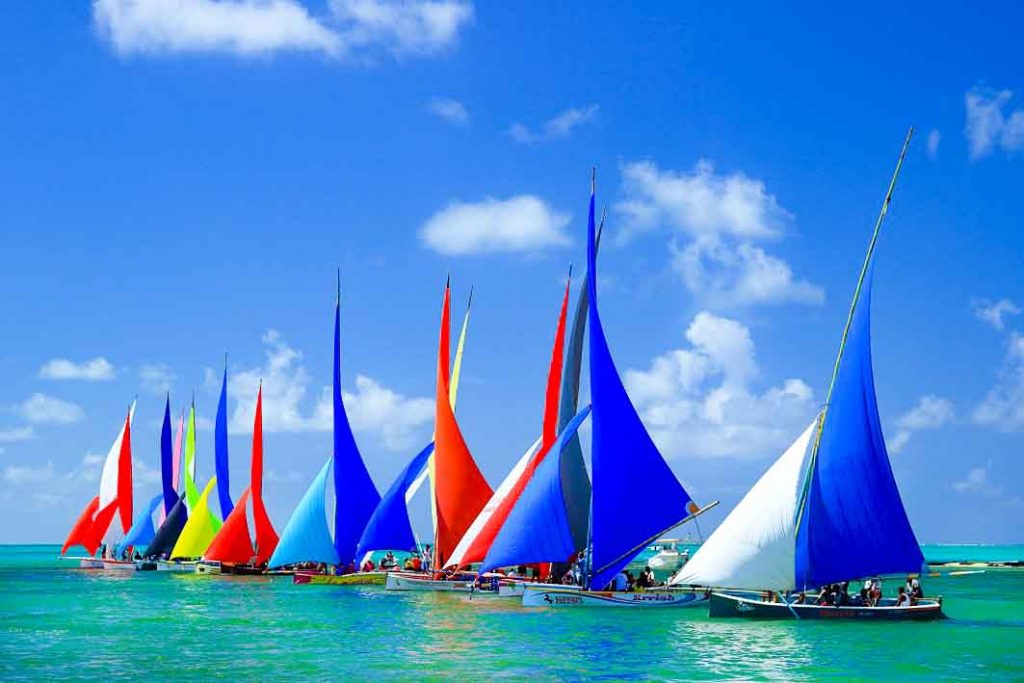
A regatta is a competition where there are one or more races of either traditional rowed or sailed boats (known locally as pirogue), it is a colourful ballet of boats for the eyes.
There may be different categories, depending on the size of the boats. Each boat (pirogue) comprises of a team for the competition. These competitions dates back to 1874. They form part of old traditions and have been taking place for a long time in Mauritius
The Blue Bay Marine Park
Located in the South East of Mauritius the Blue Bay Marine was proclaimed National Park under the Wildlife and National Parks Act 1993 in October 1997.
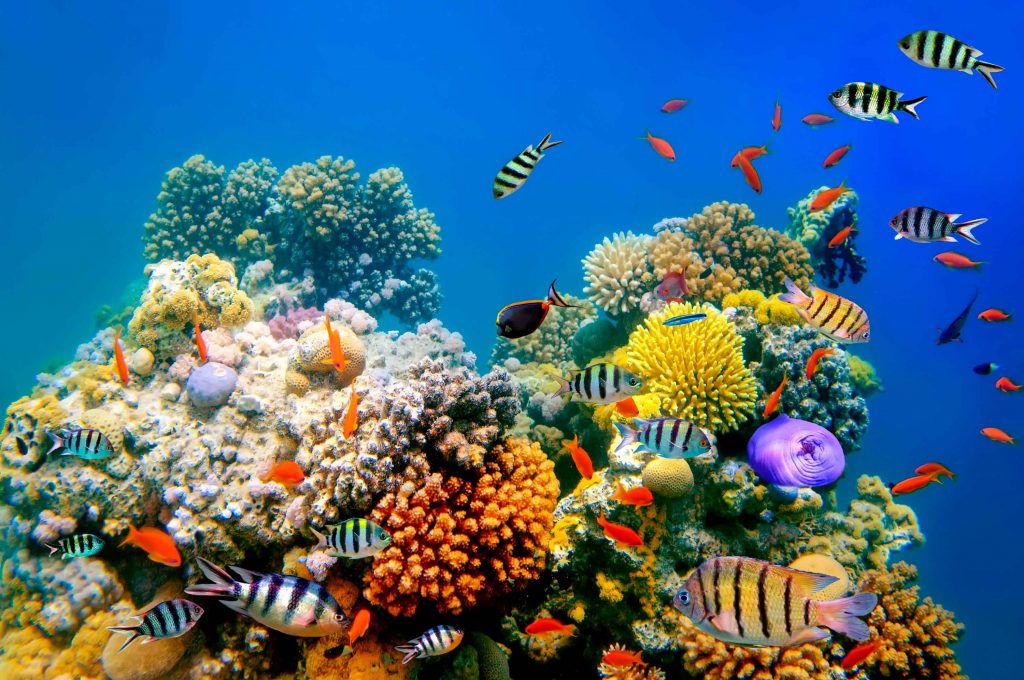
It was declared a Marine Protected Area and designated a Marine Park in June 2000 under the Fisheries and Marine Resources Act 1998. In January 2008, it was officially nominated as the second wetland of International Importance (RAMSAR Site) for Mauritius.
The total area of the Marine Park is 353 hectares; it includes the lagoon starting from Pointe Corps de Garde as its northernmost point up to Pointe Vacoas, its southernmost point and extends about one kilometre seaward from the reef crest. The depth of the park varies from 1 to 150m metres.
Pointe D’esny Beach
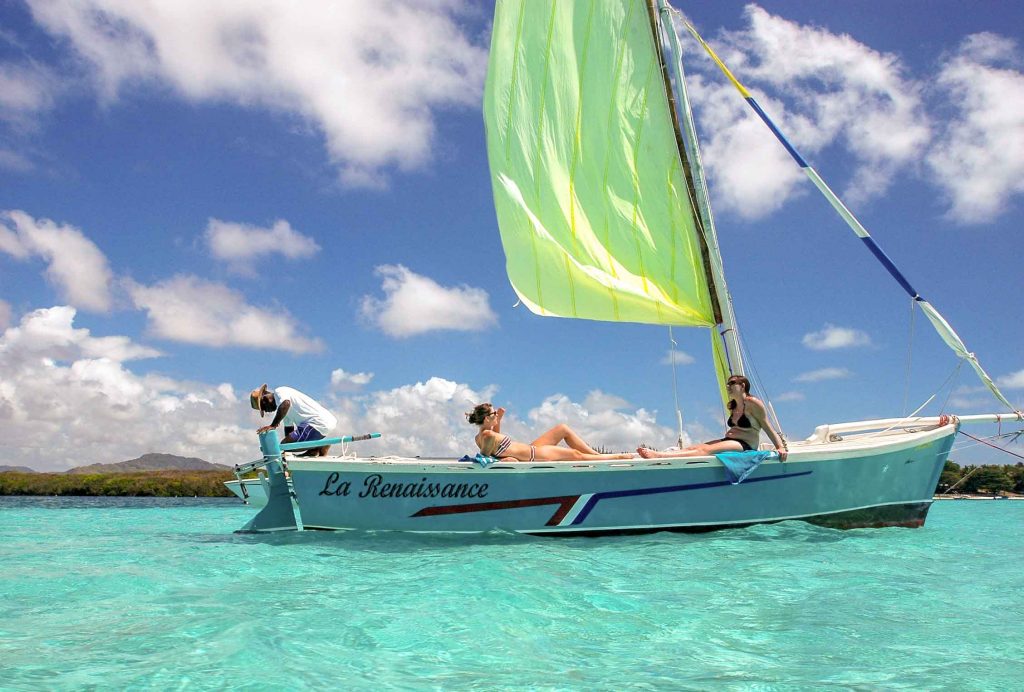
Pointe d’Esny have some of the most beautiful stretches of beach on the entire island and they’re many travellers’ favourite corners of the country. Pointe d’Esny is also the jumping-off point for those interested in visiting the nature reserve on Île aux Aigrettes.
Île aux Aigrettes
Île aux Aigrettes is a small (27 ha) island situated in the Mahebourg Bay, about 850 m off the south-east coast of Mauritius. Unlike the mainland which is of volcanic origin, Ile aux Aigrettes is made up of coralline limestone. It is home to the last remnants of dry coastal forest, once found around most of Mauritius.
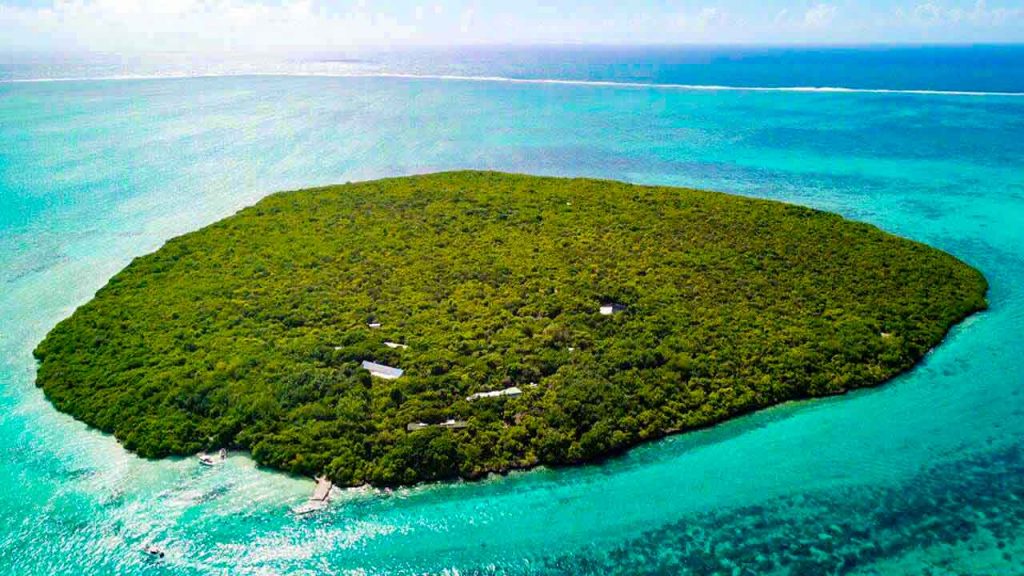
Like the mainland, Ile aux Aigrettes was affected by tree logging and land clearance, and the introduction of exotic animal and plant species almost destroyed the native fauna and flora. In 1965 the island was declared a nature reserve and our intense conservation efforts have resulted in the restoration of the forest and reintroduction of rare species that had long since disappeared from the island.
Île aux Phare
Île du Phare is indeed one of the first islets to be discovered by the Dutch back in 1598. It is situated towards the southeastern corner of Mauritius and is closest to the Vacoas Island. It is also reputed as one of the national parks of the island nation.
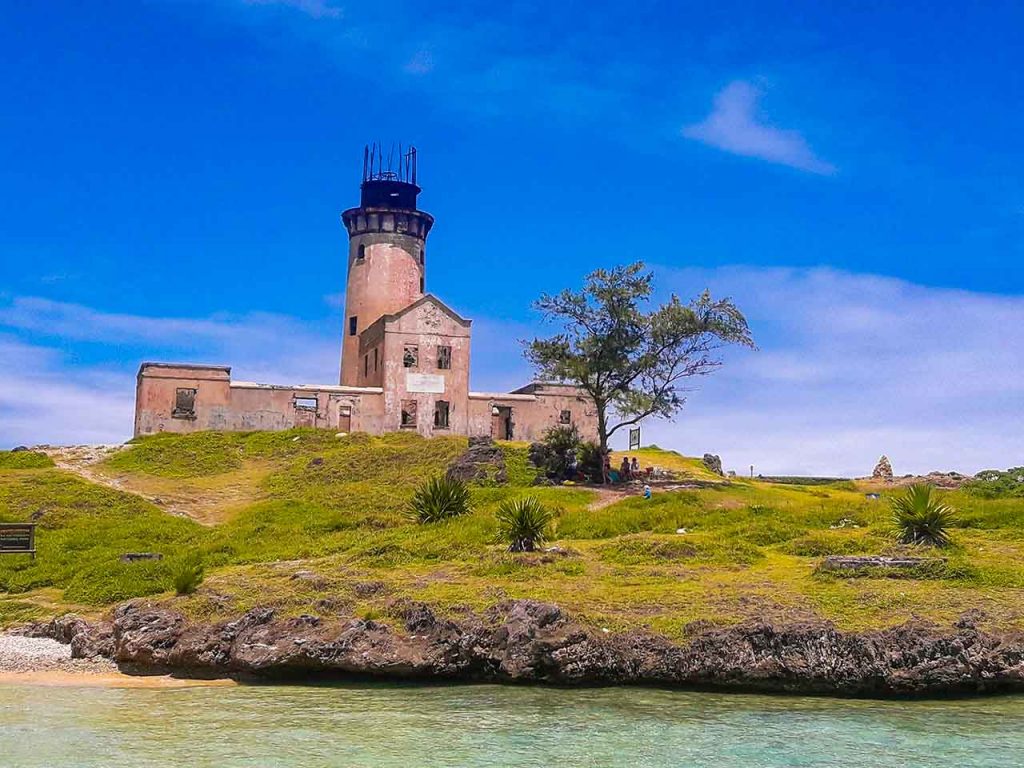
This rocky island sits between the calm sea towards the side of the lagoon and the high sea, which can be discovered on walking across the island. It is right beside the Ile aux Vacoas and Ile de la Passe and is the second island of the chain. In comparison to the other islands, Ile du Phare is relatively hilly. A ruined lighthouse sits on its topmost point, from which the island derives its name.
La Vallée de Ferney
La Vallée de Ferney is located in the north of Mahébourg in Grand Port District. Discover the te wild life reserve at your ease by following the guidelines through a 3km track that winds through the native forest.
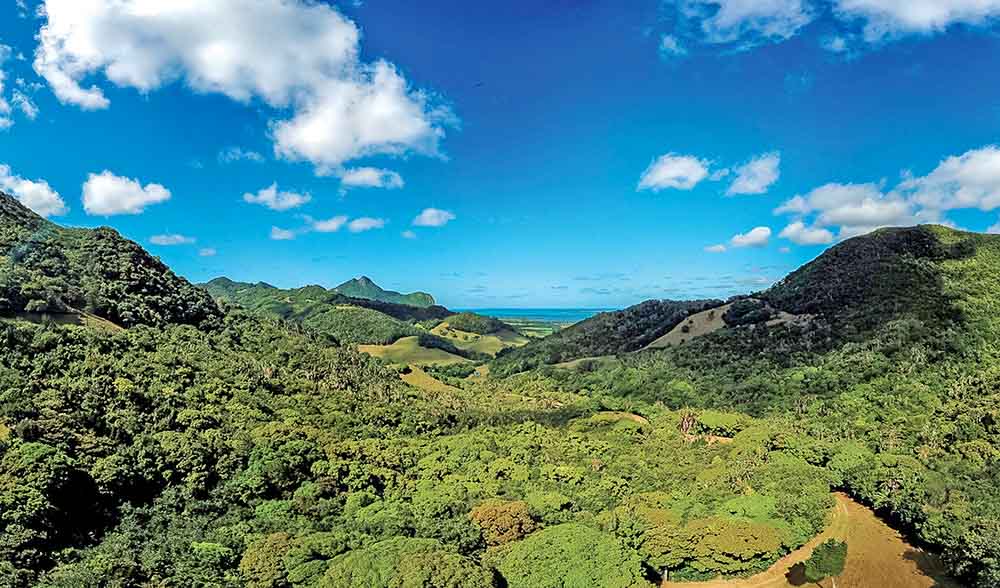
The Vallée de Ferney, a forest and wildlife reserve, is an excellent spot to discover the flora and fauna of Mauritius and enjoy quality time by yourself or with your friends and family in a highly serene setting.
The hike will give you the opportunity to admire indigenous plant species like Ebony trees, Coffea Mauritania, Takamakas, Eugenia Bojeria, Araucarias and other species such as the Ravenala, commonly known as the Traveller’s Tree. As you make your way through the endemic forest, you might also come across the Mauritius Kestrel, the only bird of prey on the island, as well as the Mauritian Flying Fox, a megabat.
Biscuiterie H Rault
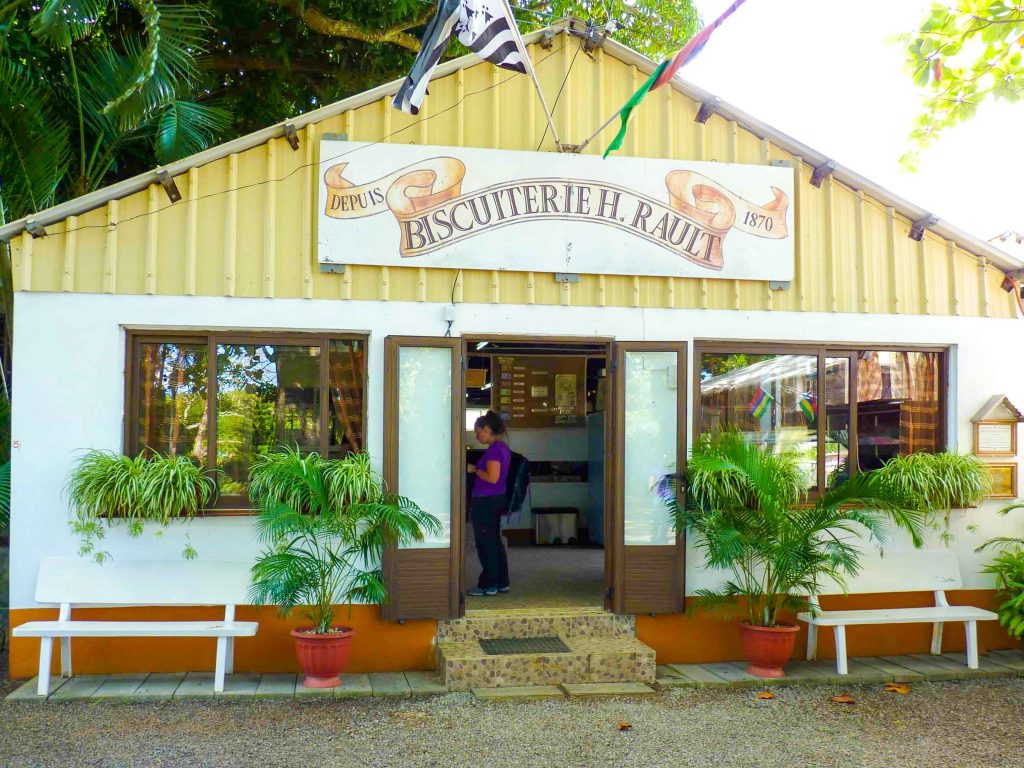
Biscuiterie H. Rault is a family business situated in Mauritius, whose biscuits are unique in the world. These biscuits, available in various flavours, are made following a traditional method, which has remained unchanged since its creation over 140 years ago. A visit to Domaine Les Délices, owned by the Rault-Sénèque family, will allow you to discover our complete range of biscuits and will take you back to an atmosphere of days gone by.
Eau Bleue Waterfalls
Eau Bleue Waterfall Mauritius is the ultimate adventure trip for anyone looking to escape the crowds. The water has an incredible emerald hue and is among the clearest in Mauritius
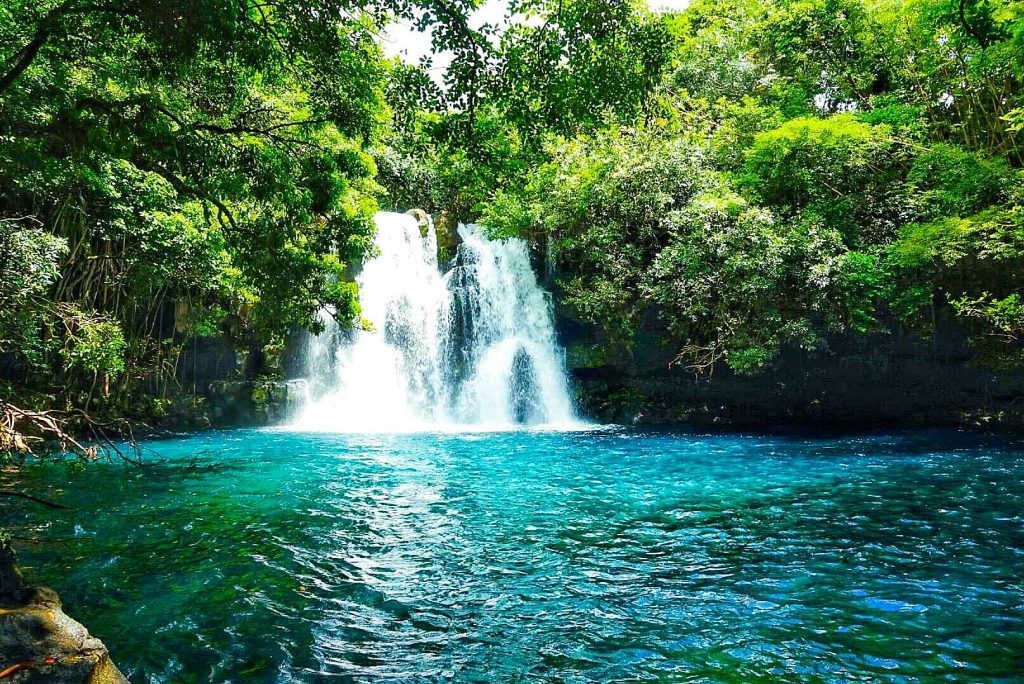
Eau Bleue actually consists of six waterfalls scattered in between the dense vegetation and the good news is that they are totally free to visit!
Le Pont Naturel
Le Pont Naturel, also known as ‘the natural bridge’, shows that Mauritius can be very divers. Not all coastlines on the island consist of white sand beaches.
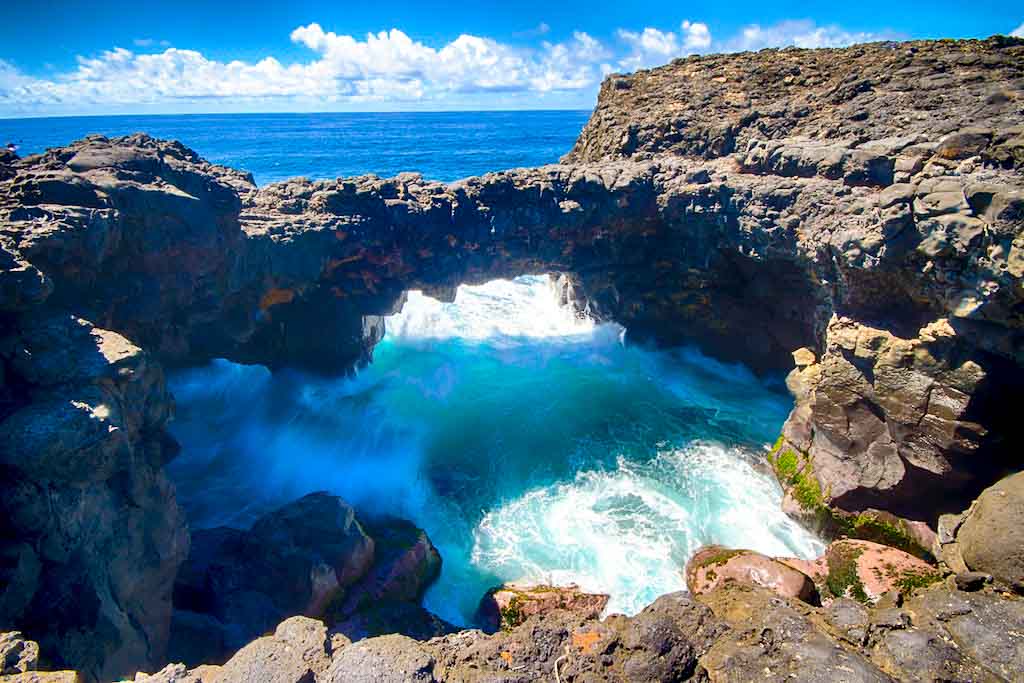
Situated in the south-east of Mauritius consists of a kilometres long rocky coastline with big waves crushing hard against the rocks. This has been going on for ages, therefore an impressive coastline has developed. A natural bridge is one element of this coastline.
La Vanille Nature Park
The park was created in 1985, and its name honors the old vine cultivated in the valley where the reserve of 5 hectares is located. Mauritian hospitality, conservation of nature, and welfare of the animals are privileged in this magical setting, where our guides will take you on an unforgettable visit of the reserve.
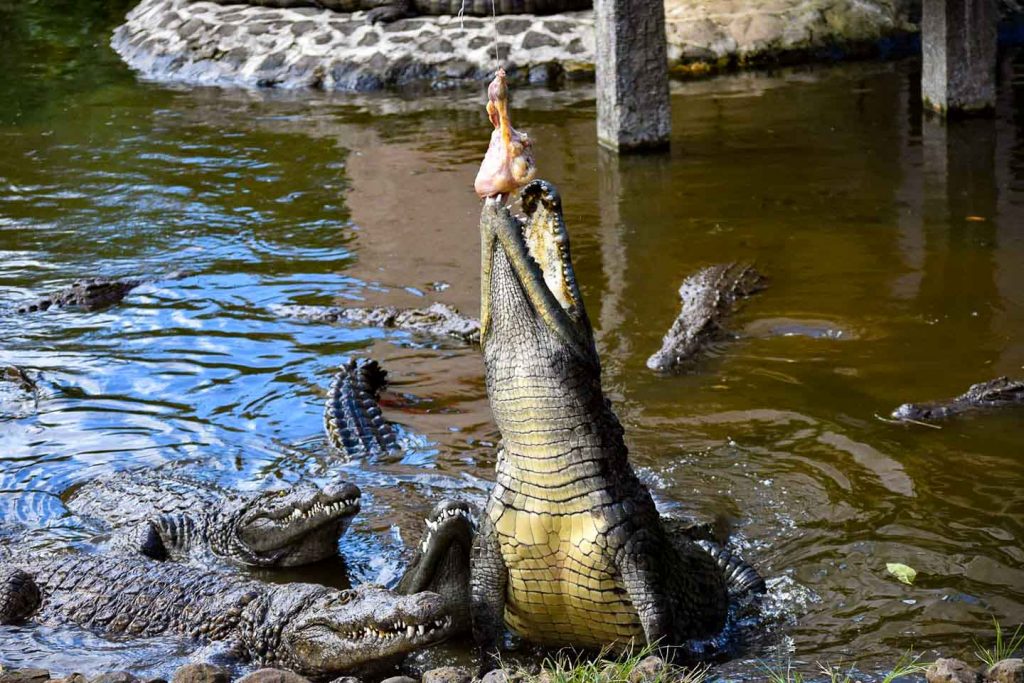
The Park spreads over 3.5 hectares in the south of the island. This reserve, created in 1985, has the largest colony of tortoises in captivity in the world. It is home to 1000 individuals, including Domino, who is the oldest and also one of the largest tortoises in the world.
The site is also home to 2000 Nile crocodiles where you can observe them at different stages of their growth.
The park also has another valuable asset – the fossil museum. You will be introduced to Owen Griffiths’ ammonite collection along with skeletons of various species on the island and the history of marine mammals.
During your visit, you will also be able to taste something a bit out of the ordinary, crocodile meat! The restaurant Le Crocodile Affamé has a special crocodile meat dish for adventurous foodies or you can keep it simple and enjoy a selection of Mauritian dishes on the menu.

